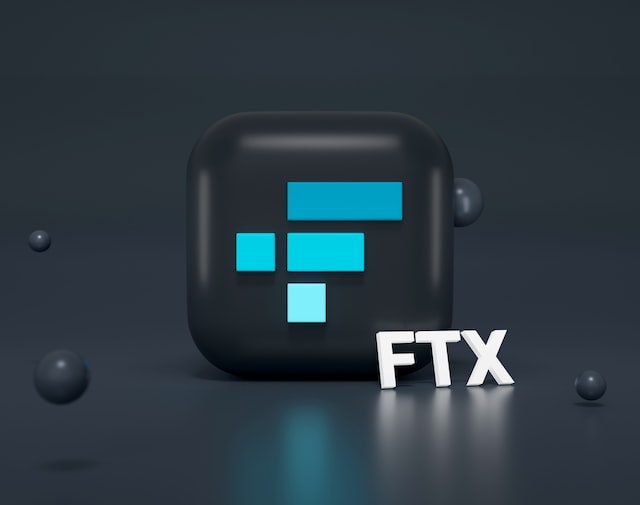Until recently, FTX was considered one of the most reputable and reliable cryptocurrency exchanges. Its founder and CEO Sam Bankman-Fried, a former Wall Street trader who also owns Alameda Research, is a crypto billionaire and a vibrant personality in the community.
Today, this exchange is completely bankrupt, and all its former greatness is gone. Together with buidlbee we will tell you how the once reputable exchange came to collapse, we will tell you about the reasons for this and what awaits it next.
The exchange was founded in 2019 and initially offered trading services for altcoin derivative contracts that could not be found on other well-known crypto exchanges. Over time, FTX added more services, including spot trading.
Why was FTX so popular with people?
A few months before the crash, FTX launched a series of very profitable products: a USD deposit product with an interest rate of up to 8%, a BTC deposit product with an interest rate of 5%, etc. Because of this, a large number of users deposited tokens, and some users even took loans from banks for deposits.
The media estimated that in Taiwan about half million people suffered losses as a result of this collapse, people even took out bank loans on FTX to get 8% per annum.
The reputation of FTX was on top. Its head was a great authority in the cryptocurrency community and had a lot of weight in the eyes of the SEC and other US regulators.
Prehistory of the collapse
On November 2, Coindesk published an investigation that immediately began to circulate in all crypto media. The investigation involved FTX and Alameda Research, two companies that are considered friendly because Sam Benkman-Fried owns 50% of FTX and 100% of Alameda Research. The journalists gained access to the second company’s internal documents and found a large amount of FTT tokens on Alameda’s balance sheet.
According to the investigation, as of June 30, Alameda Research had $14.6 billion in assets: $3.66 billion of which were “unlocked FTT tokens”, and $2.15 billion were “collateralized FTT tokens”. It is the largest asset of the company and the third largest asset, respectively.
The experts concluded that most of the net worth in the Alameda Research business is its own centrally controlled token.
What does it mean? Well, imagine, SBF created its own token, raised its price to the sky, and secured loans for its second company under its security. And with the fall of the FTT token, loans, of course, became unsecured, which caused a liquidity crisis and created a hole in the budget for more than $ 8 billion.
As for the personal fortune of SBF, today the Bloomberg Billionaire Index estimated it at $1.
Where did user funds go?
One of the analysts involved in the investigation found that Alameda owed FTX $1.4 billion in BTC, i.e. every time someone deposited BTC on the exchange, Alameda borrowed those funds and dumped into users, so the crypto had a negative correlation and did not bounce, every time there was a rally in the macro markets.
What’s more, those close to Sam Bankman were aware of the use of FTX client funds to fund the hole in Alameda, exacerbating the situation for SBF and his entire team.
As for the return of funds, I hasten to assure you that no one is going to return anything. And this is not just my opinion.
FTX has filed for bankruptcy. Sam-Bankman Fried left the post of head of the company, John J Ray III became the new head of the exchange. Bankruptcy was declared in accordance with Article 11 of the US Federal Law. Which means that no one guarantees the return of funds invested by users.
What’s next for the crypto market?
The $9 billion asset hole left by FTX will affect the crypto market for a long time to come. Many companies that had close relationships with FTX are trying to sweep losses under the carpet, but one way or another, they will be forced to admit losses. Many market makers have lost substantial capital on FTX which means there will be more market space for low capital traders, more arbitrage opportunities across blockchains/exchanges.
